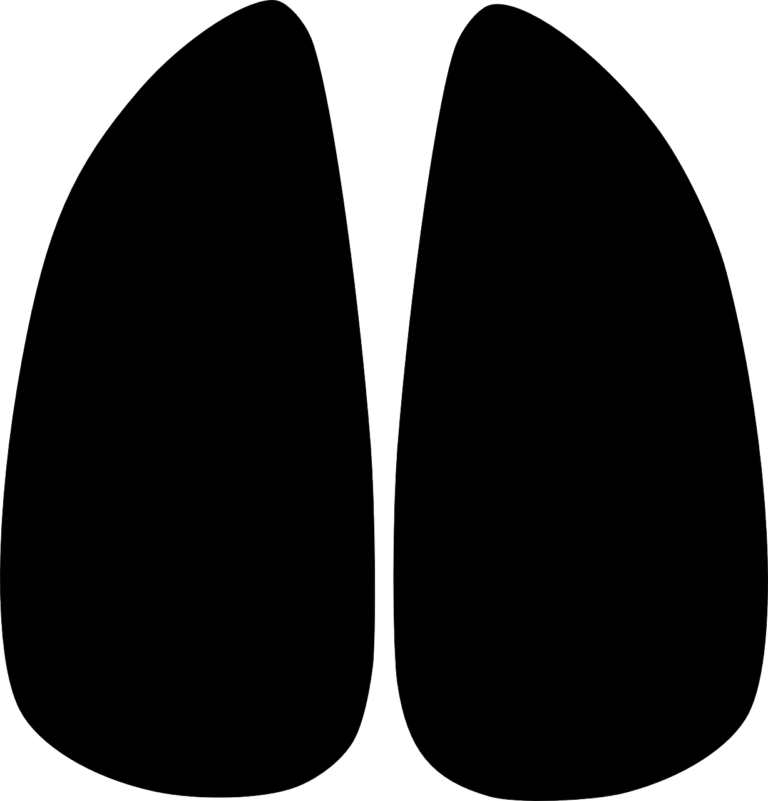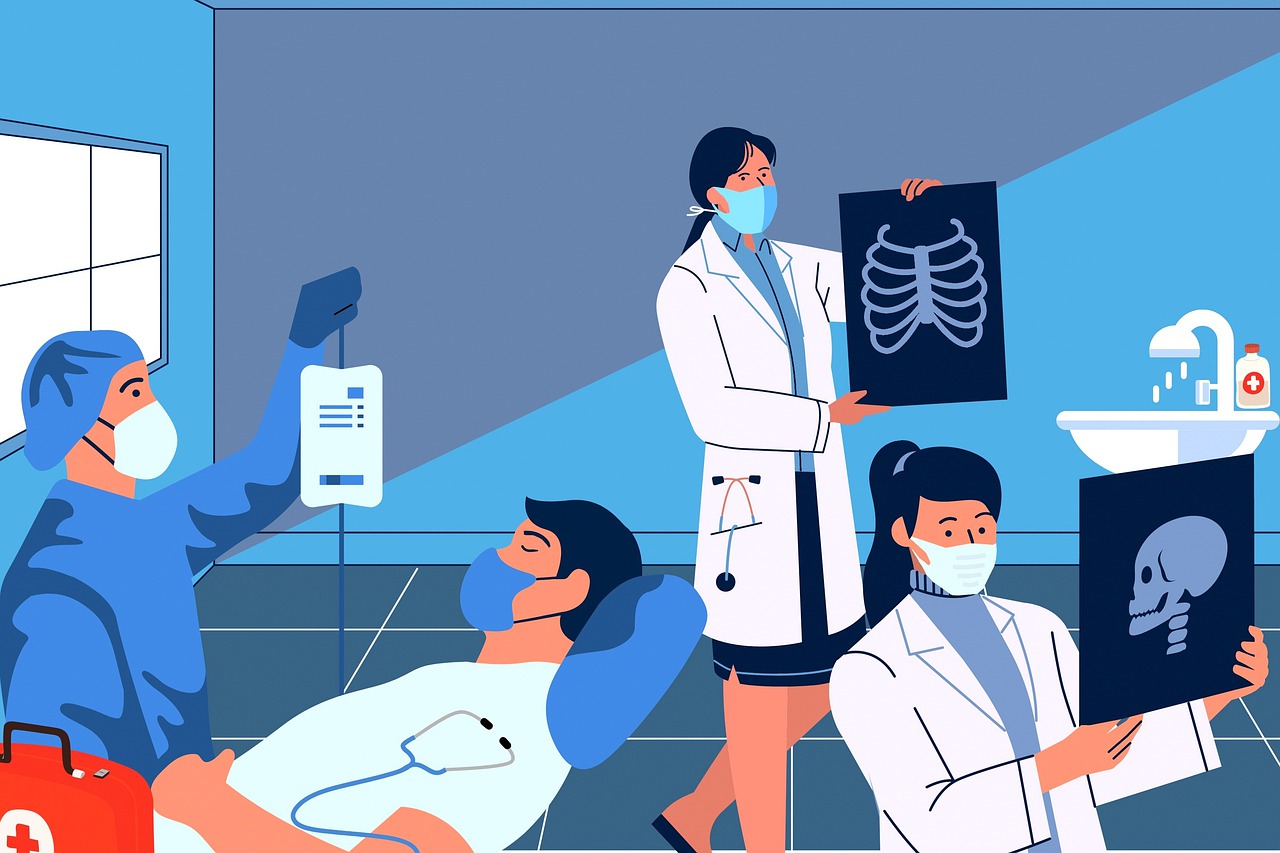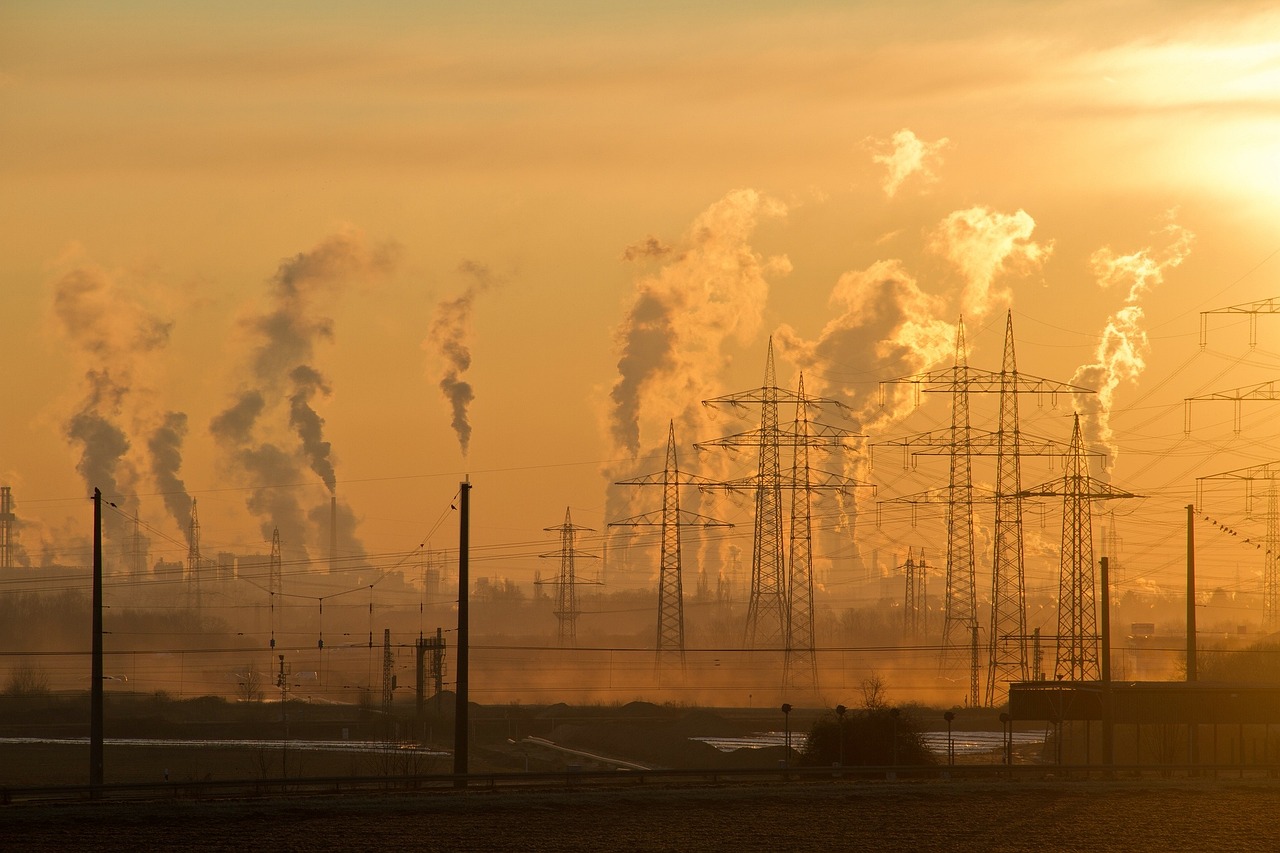Lung cancer disease
Progression and
Risk factors
About lung cancer
What is lung cancer?
Lung cancer is a type of cancer that starts in the lungs. The lungs are a pair of organs in the chest that are responsible for breathing. They take in oxygen and release carbon dioxide.
Lung cancer occurs when the cells in the lungs start to grow uncontrollably and form a tumor. These cancer cells can then spread to other parts of the body through the bloodstream or lymph system. Lung cancer is the leading cause of cancer-related deaths worldwide, and it is often diagnosed at an advanced stage when it is more difficult to treat.

Lung cancer is the leading cause of cancer-related deaths worldwide, and it is often diagnosed at an advanced stage when it is more difficult to treat.

Types of lung cancer
There are two main types of lung cancer: non-small cell lung cancer (NSCLC) and small cell lung cancer (SCLC). NSCLC is the most common type of lung cancer, accounting for about 85% of all cases. It is further divided into several subtypes, including adenocarcinoma, squamous cell carcinoma, and large cell carcinoma. SCLC is a less common, but more aggressive form of lung cancer, accounting for about 15% of all cases.
About lung cancer
Stage of lung cancer
- The stage of lung cancer is determined by how far the cancer has spread within the lung and to other parts of the body.
- The American Joint Committee on Cancer (AJCC) has developed a staging system for lung cancer that is used by healthcare professionals to determine the stage of the disease.
- The stages range from 0 to IV, with stage 0 indicating that the cancer is still confined to the lung, and stage IV indicating that the cancer has spread to distant parts of the body

In the early stages of lung cancer, symptoms may be minimal or non-existent.
As the disease progresses, symptoms such as a persistent cough, chest pain, shortness of breath, and weight loss may develop. In advanced stages, the cancer may also spread to other parts of the body, such as the brain, bones, or liver, causing additional symptoms.
Lung cancer risk
Risk factors
There are risk factors related to the presence of lung cancer. It’s important to note that lung cancer can also occur in people who have never smoked or been exposed to known risk factors.
01.
Smoking
Smoking is the leading cause of lung cancer
People who smoke or are frequently exposed to secondhand smoke, such as those living with a smoker or working in a smoky environment, have also increased risk of developing lung cancer.

02.
Chemical exposure
Exposure to radon, air pollution, asbestos, and certain chemicals
It’s important to note that the risk of lung cancer from exposure to chemicals is generally lower than the risk from smoking. However, exposure to these substances in combination with smoking can significantly increase the risk of lung cancer.

03.
Lung diseases
People with other lung diseases, such as chronic obstructive pulmonary disease (COPD) or emphysema, are also at an increased risk of lung cancer
This is because these diseases cause inflammation and damage to the lungs, which can lead to the development of cancer cells.

04.
Other factors
There are multiple other factors that can be related with lung cancer
The risk of lung cancer increases with age, and it is more common in people over 55. Additionally, some people may be more susceptible to lung cancer due to inherited genetic mutations, particularly in non-smokers and those with East Asian ancestry. A family history of lung cancer also increases the risk of developing the disease, which may be due to inherited genetic mutations or shared environmental and lifestyle factors.

